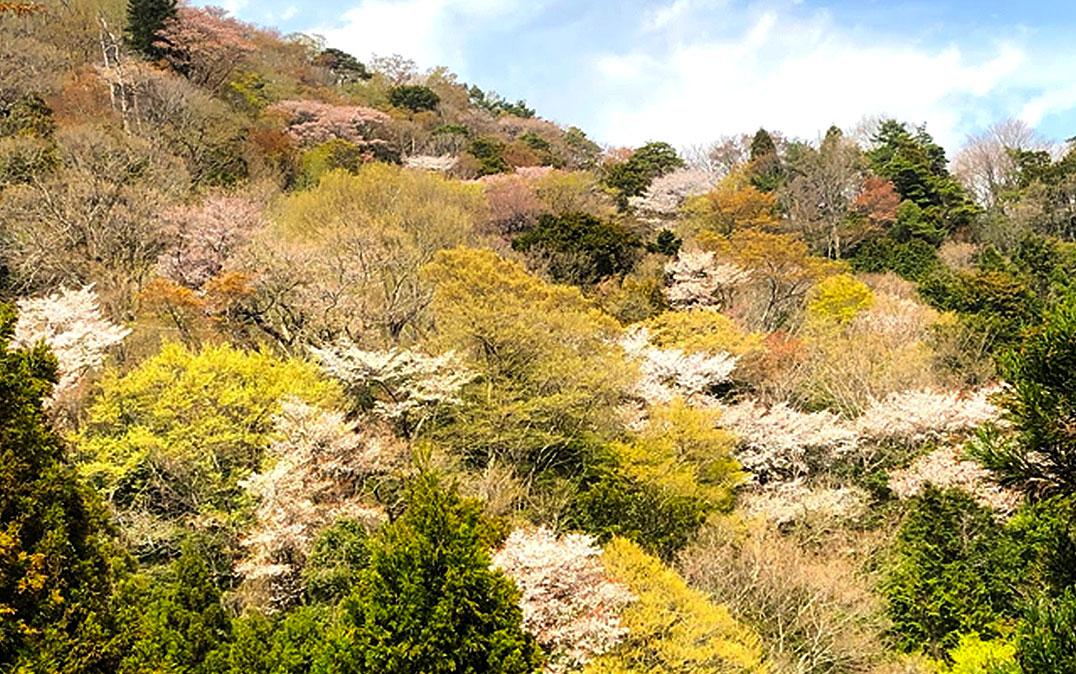Research News
Tiny Conservation Heroes: Wild Cherry Blossoms Could Save Forest Landscapes

Researchers from the University of Tsukuba find that local community perceptions of ecosystem services provided by symbolic wild cherry trees could be used in community-based management and conservation of traditional forest landscapes in Japan
Tsukuba, Japan—For many people, cherry blossoms and Japanese culture go hand in hand. Now, researchers from Japan have discovered that the blossoms aren't just nice to look at, they could also be key to gaining public support for conservation efforts.
In a study published this month in Ecosystems and People, researchers from the University of Tsukuba have revealed that wild cherry blossoms could be used as symbols for conservation and community-based management of the traditional forest landscapes in Satoyama ecosystems.
Symbolic species can have cultural significance in many settings. These species are often used to represent environmental issues, as they can enrich people's cultural relationships with the natural world. However, different social groups vary considerably in how they perceive the values of these species, depending on where individuals are from, their socio-economic background, and their experiences with and knowledge of nature.
"Understanding how people perceive the value of symbolic species' ecosystem services is crucial because these perceptions often affect how land is managed," says corresponding author of the study, Professor Ikuyo Saeki. "These perspectives are also key to sustaining links between people and nature, and must be examined if we are to successfully transition to more sustainable societies."
To investigate these perspectives, the researchers surveyed people's perceptions of wild cherry trees and the social values of the ecosystem services provided by this species. In Japan, wild cherry trees are especially significant to sustaining connections between people and nature. The study focused on three groups: local residents, tourists, and high school students.
The results revealed notable differences among the groups. The value 'aesthetic in spring' was ranked highest by residents and tourists, while multiple values were ranked equally by the high school students. Additionally, wild cherry trees were confused with a popular cultivar by the majority of students, suggesting that a more limited knowledge may have influenced the students' perceived values. The sites renowned for their wild cherry scenery were highly valued by local residents and tourists, but not by students, who placed more value on urbanized areas.
"While symbolic species enhance the way people value nature, filling gaps in knowledge and ensuring that a variety of values are shared within local communities is key to the promotion of community-based management of wild cherry landscapes," says Professor Saeki.
This study shows how symbolic species could be used for conservation and community-based management of traditional forest landscapes. Because wild cherry blossoms exemplify cultural and ecological relationships between people and nature in Japan, the conservation of this symbolic species could be integrated into future promotion of sustainable development as a species that provides ecosystem services.
Original Paper
The article, "Local perception of ecosystem services provided by symbolic wild cherry blossoms: toward community-based management of traditional forest landscapes in Japan," was published in Ecosystems and People at DOI: 10.1080/26395916.2022.2065359
Correspondence
Associate Professor SAEKI Ikuyo
Faculty of Life and Environmental Sciences, University of Tsukuba
Related Link
Faculty of Life and Environmental Sciences




